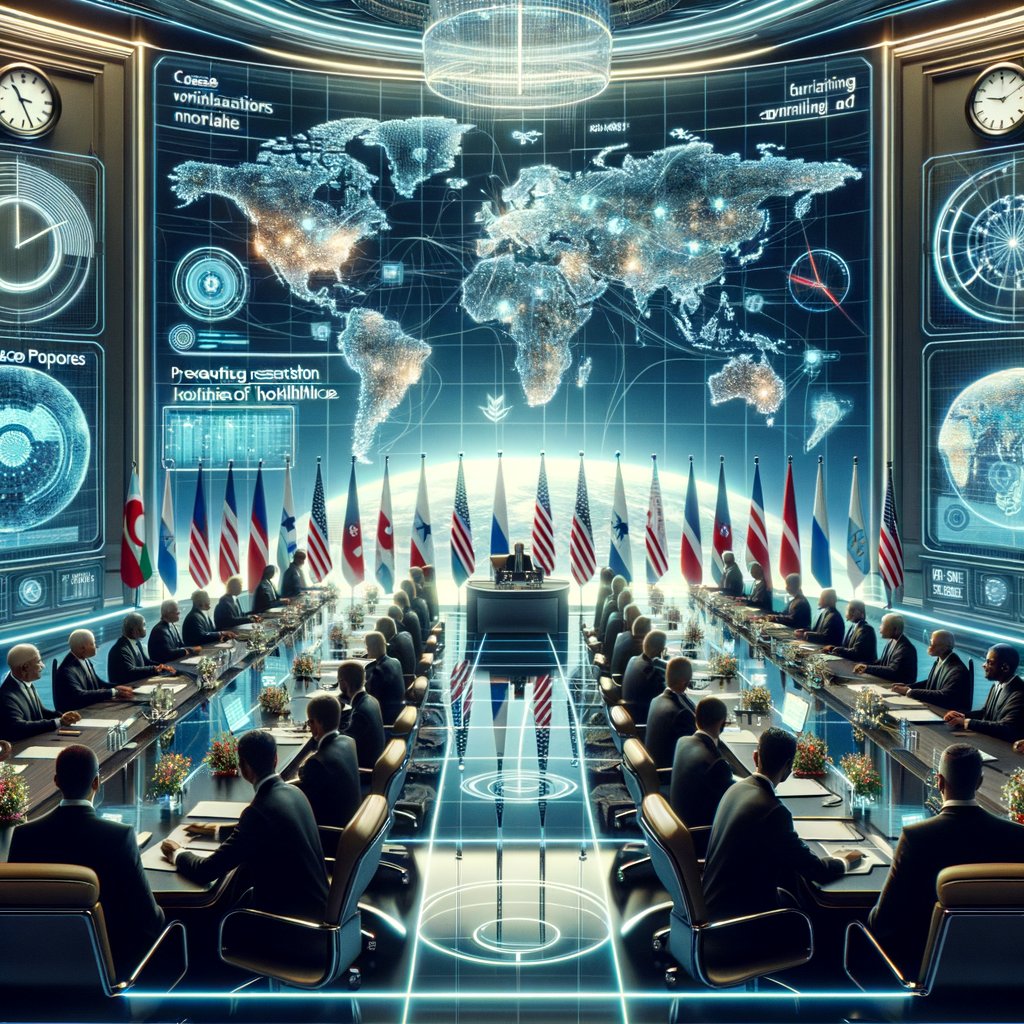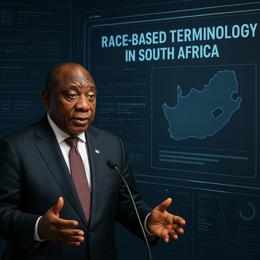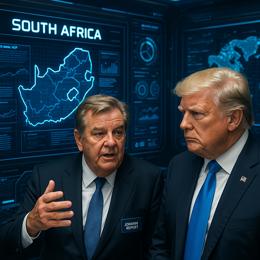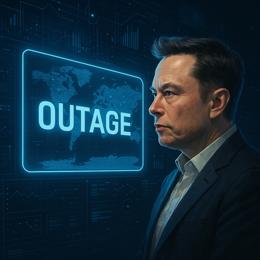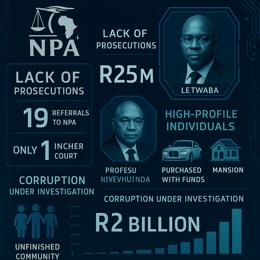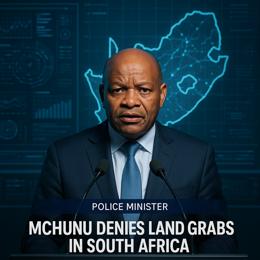Image created by AI
The Geopolitical Stalemate: Unpacking the Complexities of Peace Between Ukraine and Russia
The recent declaration by former U.S. President Donald Trump about a possible sit-down with Russian President Vladimir Putin to discuss ending the ongoing war in Ukraine has reignited discussions and concerns about the feasible solutions to this brutal conflict. Trump’s promise to bring peace "in 24 hours" seems increasingly unrealizable as the clock ticks down to his January 20th inauguration.
The complexity of the geopolitical tensions in the Ukraine-Russia conflict cannot be understated. According to Ukrainian political scientist Georgy Chizhov, there is no current proposal that seems capable of halting the hostilities. Various members of Trump's incoming administration, including Keith Kellogg, JD Vance, and Richard Grenell, have put forward different “peace plans,” primarily involving a ceasefire and a demarcation line along current frontlines. These proposals suggest Russia would retain control over the territories it currently occupies, with Ukraine postponing its NATO accession indefinitely.
Moreover, these plans include mechanisms aimed at preventing a resumption of hostilities, such as bolstering the Armed Forces of Ukraine (AFU) with American aid and deploying a European peacekeeping force. However, actual willingness to adopt these strategies remains low among involved parties.
On the ground in Ukraine, President Volodymyr Zelensky has shown a greater openness to negotiations, perhaps reflective of Ukraine's dependency on Western military support. Zelensky has recognized the inability to reclaim Crimea and Donbas by force and emphasized the importance of allied participation in discussions. Despite his flexibility, he has clearly marked his “red line” — unwilling to make concessions that would imply a permanent loss of Ukrainian territories.
The Kremlin, on the other hand, has maintained stringent demands, including the lifting of international sanctions and acknowledgment of the annexed regions as Russian territory — conditions that are realistically inviable from a Ukrainian and Western perspective.
Each side’s entrenched positions highlight not only their immediate goals but also their broader strategic interests. For Russia, securing a buffer zone and asserting regional dominance remain key motives, while Ukraine strives for sovereignty and the prospect of deeper integration with the West.
The proposals, as they stand, fail to address the underlying issues effectively. They lack viable security guarantees for Ukraine in the face of possible future aggressions. Zelensky has voiced the necessity of a structure similar to NATO's Article 5 for the unoccupied parts of Ukraine, which suggests a collective defense measure where an attack against one is considered an attack against all.
As the international community watches, the U.S. administration under Trump faces the challenge of negotiating not just an end to the fighting but also establishing a foundation for long-term regional stability. This includes managing its relations with Russia and supporting Ukraine without provoking further escalation.
Despite these roadblocks, it is clear that genuine peace can only be achieved through a solution that respects Ukraine's sovereignty and security. This underscores the importance of continued dialogue and perhaps, more critically, a reassessment of the strategies in place to ensure they meet the complex realities of this protracted conflict.
Understanding the nuances and the sheer scale of the diplomatic hurdles involved is essential for those following the developments in this significant geopolitical flashpoint.
